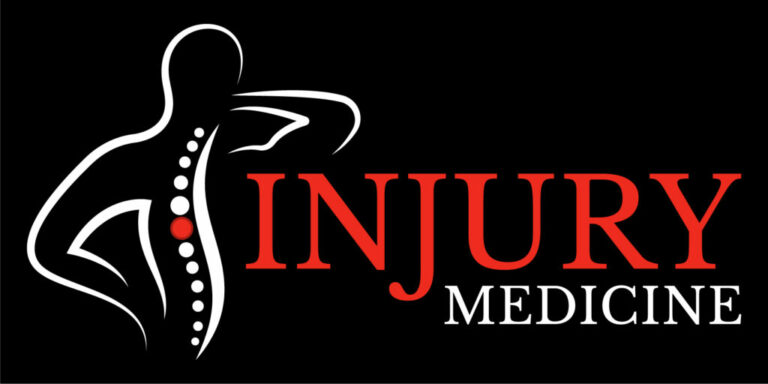Reduction, in a medical context, refers to the process of restoring a displaced or fractured bone or joint to its normal anatomical position or alignment. This procedure is essential for the proper healing of fractures, dislocations, and joint injuries. Reduction can be performed through non-surgical (closed reduction) or surgical (open reduction) techniques, depending on the severity and nature of the injury.
Types of Reduction
Closed Reduction: Closed reduction is a non-surgical procedure in which a healthcare provider manipulates the injured bone or joint without making any incisions. This technique is often used for less complex fractures and dislocations.
Open Reduction: Open reduction involves surgical intervention, typically performed by an orthopedic surgeon. During open reduction, an incision is made to access the fractured or dislocated area, and the bone or joint is repositioned as necessary. Surgical hardware like screws, plates, or pins may be used to stabilize the area.
Importance of Reduction in Medicine
The goal of reduction is to achieve the following:
Anatomical Alignment: By restoring the bone or joint to its correct position, reduction ensures that the body’s natural alignment is maintained, allowing for proper healing.
Pain Relief: Many fractures and dislocations are associated with severe pain and discomfort. Reduction can provide immediate relief by correcting the misalignment and reducing pressure on surrounding tissues.
Prevention of Complications: Failure to reduce fractures or dislocations promptly can lead to complications, including impaired joint function, chronic pain, and nerve or vascular damage. Reduction helps minimize these risks.
Facilitation of Healing: Once the bone or joint is properly aligned, the body’s natural healing processes, such as bone remodeling and tissue repair, can occur more effectively.
Legal Implications of Reduction
The medical procedure of reduction can have legal implications in various contexts:
Medical Malpractice Claims: If a healthcare provider fails to perform reduction correctly or if complications arise due to negligence during the procedure, it may lead to medical malpractice claims. Patients may seek compensation for injuries, pain, suffering, and additional medical expenses resulting from malpractice.
Informed Consent: Before performing reduction, healthcare providers must obtain informed consent from the patient or their legal guardian. This process involves explaining the nature of the procedure, potential risks, benefits, and alternatives. Failure to obtain valid consent can have legal consequences.
Documentation: Comprehensive documentation of the reduction procedure, including preoperative assessments, surgical notes (for open reduction), and postoperative care, is essential. Accurate records are crucial for defending against legal claims or providing evidence in case of disputes.
Standard of Care: Legal cases may involve an assessment of whether the healthcare provider adhered to the accepted standard of care during the reduction procedure. If it is determined that the provider deviated from the standard of care and this deviation resulted in harm, it could lead to legal liability.
Legal Considerations for Reduction Procedures
Several legal considerations apply to reduction procedures:
Expert Testimony: In medical malpractice cases, expert witnesses, such as orthopedic surgeons or specialists in the relevant field, may provide testimony to assess the quality of care provided during the reduction procedure and whether it met the standard of care.
Informed Consent Documentation: Proper documentation of informed consent discussions, including the risks, benefits, and alternatives to reduction, is essential. Signed consent forms are typically part of the patient’s medical records.
Medical Records: Thorough and accurate medical records, including preoperative and postoperative assessments, imaging studies, surgical notes, and follow-up care, can be instrumental in legal proceedings related to reduction procedures.
Chain of Custody: Ensuring the integrity of medical records and maintaining a clear chain of custody is crucial to establish the authenticity and reliability of documentation.
HIPAA Compliance: Healthcare providers and institutions must adhere to the Health Insurance Portability and Accountability Act (HIPAA) when handling patient records and sharing information related to reduction procedures in legal cases.
Conclusion:
Reduction is a critical medical procedure used to restore displaced or fractured bones and joints to their correct anatomical position. It is essential for proper healing, pain relief, and the prevention of complications. In legal contexts, reduction procedures can be subject to medical malpractice claims, informed consent requirements, and assessments of the standard of care. Adequate documentation, expert testimony, and compliance with legal and ethical standards are crucial for healthcare providers involved in reduction procedures to navigate potential legal implications successfully.

